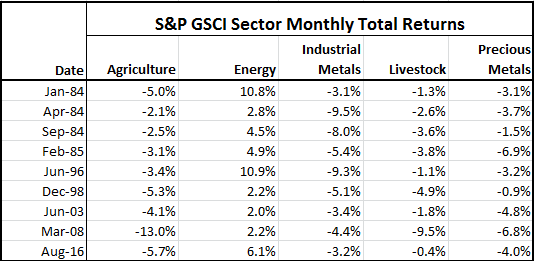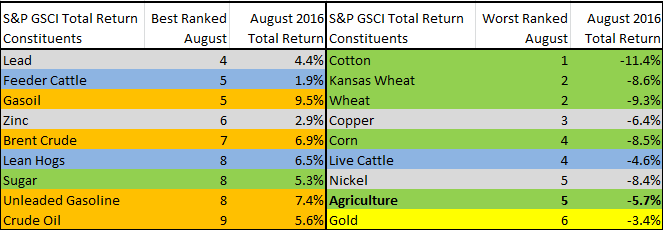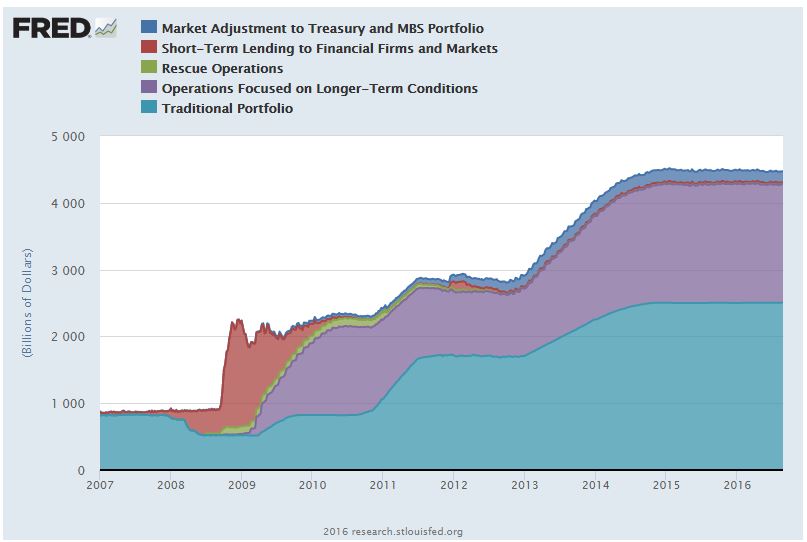Regular readers of this blog will be familiar with industry-wide comparisons made between the returns of active funds and their passive equivalents. Studies comparing the risk of active funds are rarer, but have the potential to provide actionable insights: at the very least, examinations of fund risk can help to evaluate the a claim that active funds offer superior risk management to passive alternatives.
A recent examination of the risk profiles of active funds provides support for several interesting conclusions:
- Within a given fund category, the most volatile active funds are likely to remain more volatile than their peers, and the least volatile funds similarly. So while, as the saying goes, a fund’s historical returns offers “no guide to future performance”: past volatility may provide a useful indication of future volatility in active funds.
- U.S. large-cap funds with consistently high volatility appear to generate that volatility through holdings of high-beta stocks; funds with the lowest volatility get there through significant cash allocations.
- There is no obvious relationship between a fund’s category risk and return ranking – additional risk in funds does not appear to have been rewarded.
- We found categories and time periods where funds did, on average, reduce risk, but the evidence suggests that fund managers do not provide risk reduction in the aggregate.
Our paper suggests several important conclusions for active fund managers and their investors. First, a higher risk fund should not be expected to offer a higher return. Second, the relative risk profile of a fund may be sensibly evaluated with reference to history. And finally, given that the outperformance of low-beta and low-volatility stocks may be a persistent phenomenon, the active fund industry might be missing a simple trick to improve the performance of defensive managers: allocations to less volatile stocks may be a better way to reduce risk than simply moving to cash.
The posts on this blog are opinions, not advice. Please read our Disclaimers.











